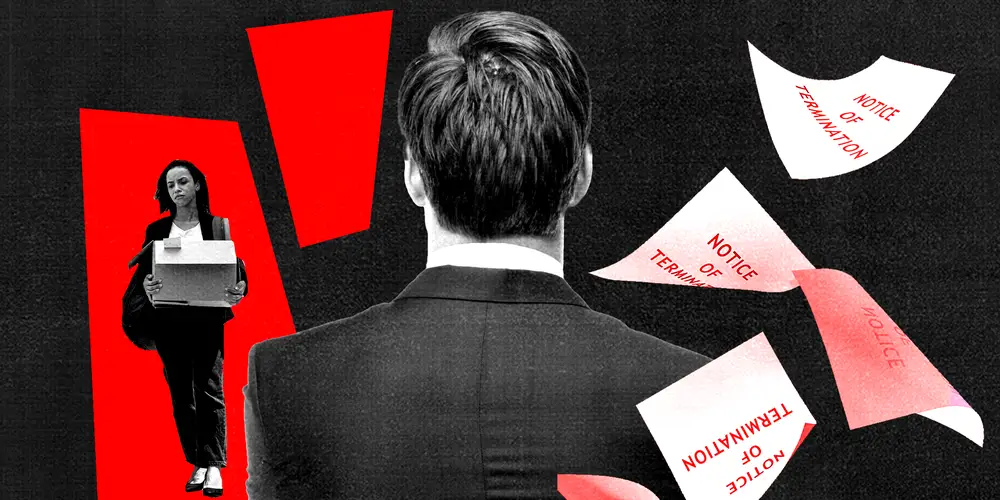The job market is in the ‘Twilight Zone,’ top economist Claudia Sahm says

The September jobs report was stunningly strong, but the labor market is still cooling, Claudia Sahm says.
The job market is in a weird spot, even after Friday’s stunningly strong nonfarm payroll report, Claudia Sahm says.
The former Federal Reserve economist and the creator of a highly watched recession indicator pointed to signs that the labor market is cooling, despite September’s blowout jobs report.
While employers added 254,000 jobs last month, Sahm also notes the latest data shows the rate of new hires as a percentage of the total labor force slumped to 3.3% in August, comparable to levels in 2013 when the job market was still struggling in the aftermath of the Great Financial Crisis.
“[O]ne month does not make a trend, and even with the Federal Reserve cutting interest rates, a sustained turnaround in hiring will take time,” Sahm wrote in an op-ed for Bloomberg on Monday.
Companies appear hesitant to hire in the face of heightened uncertainty, but they’re also hesitant to part with workers. The total number of layoffs remained near a record low in September, while job cut announcements decreased 4% from the prior month, according to a report from Challenger, Gray & Christmas. Layoff plans so far this year, though, still exceed job cut announcements made in the same timeframe in 2023.
“This suggests a cooling but complex labor market: Companies aren’t so worried that they’re letting a lot of people go, but they’re not so confident that they’re hiring a lot of people,” Sahm wrote in an op-ed for Bloomberg on Monday.
Sahm dubbed the labor market’s current situation a “Twilight Zone,”
and said it’s unlikely things will change much anytime soon as election uncertainty looms large.
Nearly 60% of firms said they were concerned about the upcoming presidential election’s impact on the recession outlook, according to a September survey from the Atlanta Fed.
Meanwhile, more than half of companies said they would slow hiring in response to a recession or industry downturn, while a quarter said they were planning on cutting more workers in those scenarios.
And while the Fed has cut interest rates — which should loosen financial conditions and eventually bolster corporate confidence — looser monetary policy could take months to be felt in the economy and the labor market, Sahm said.
“This situation is unlikely to change until there is less uncertainty about the economy — and that, in turn, depends on what happens not only with the Federal Reserve and interest rates, but also with the elections next month.”
Other forecasters have said the job market remains in uncertain territory, though labor conditions are generally on strong footing. The unemployment rate fell slightly to 4.1% in September, remaining near a historic low.






